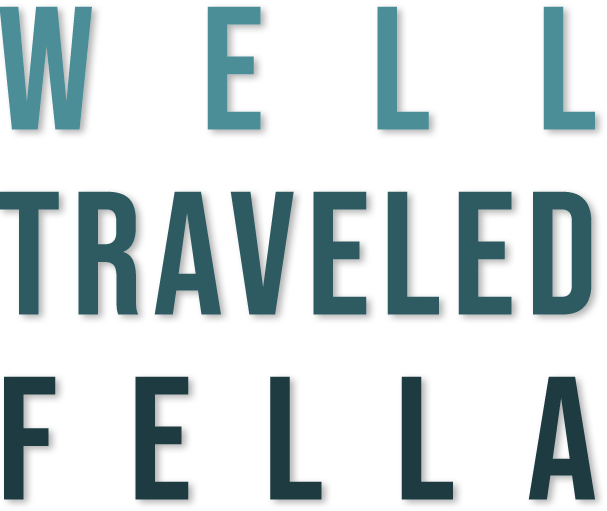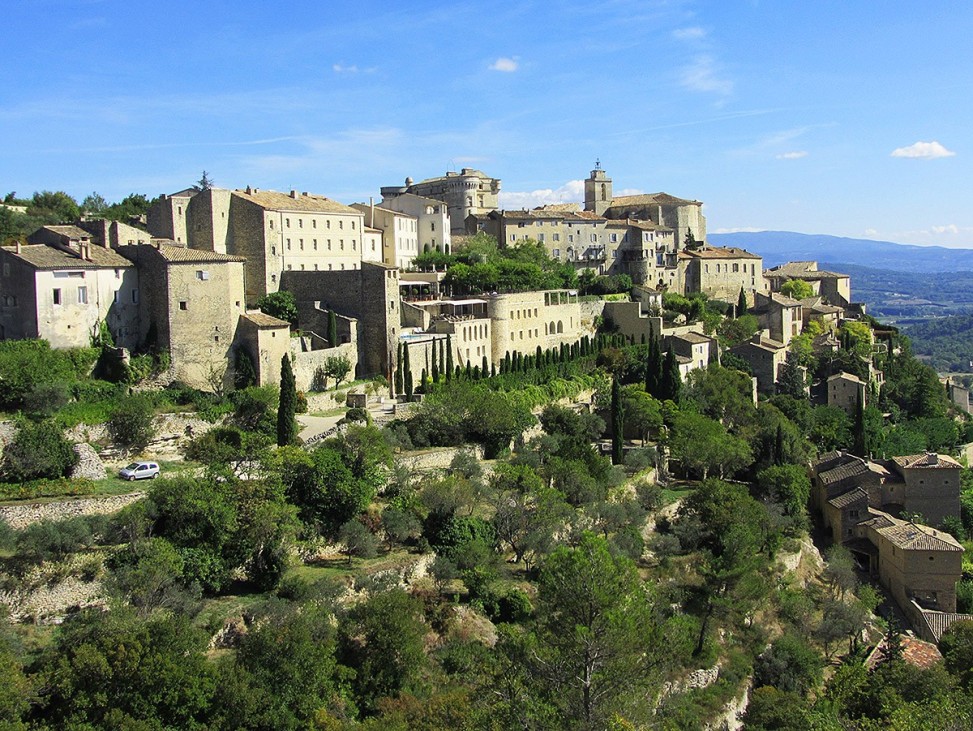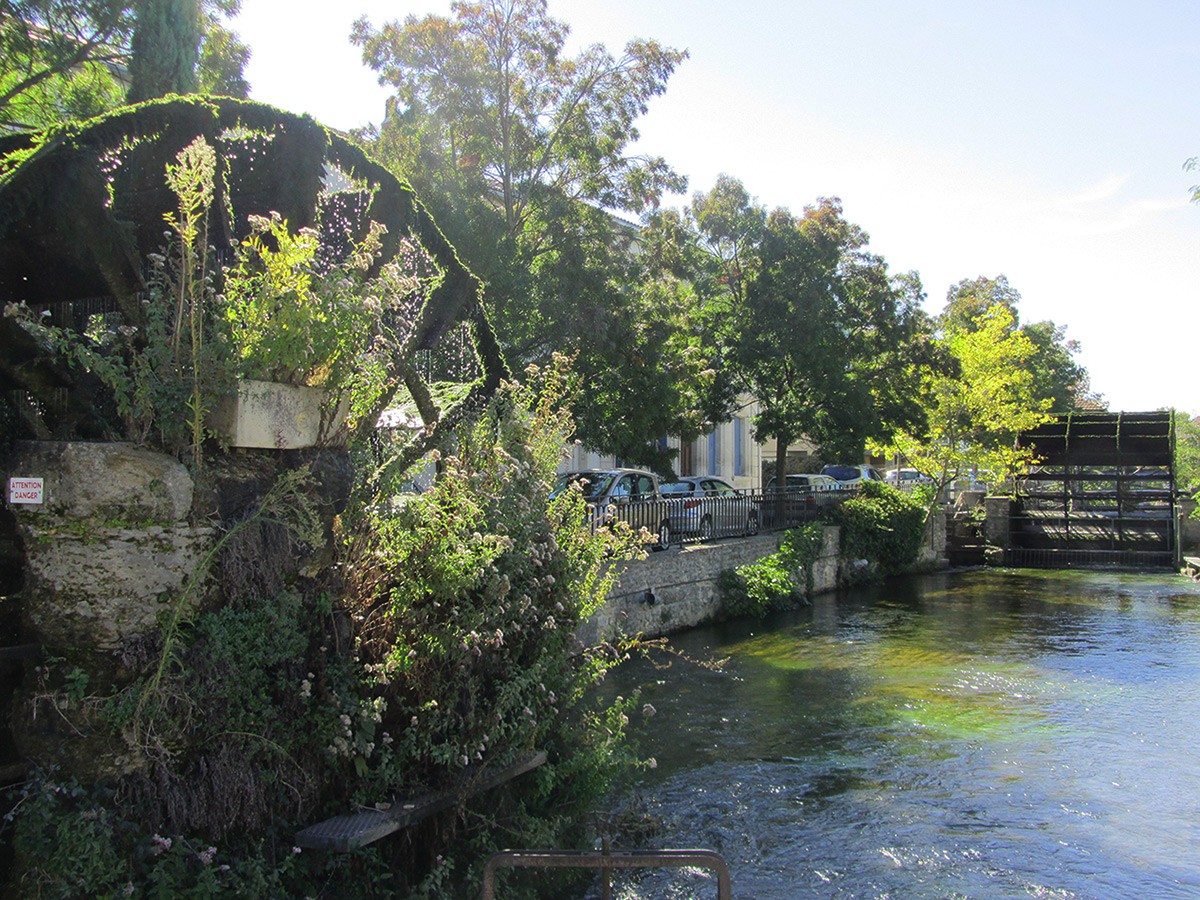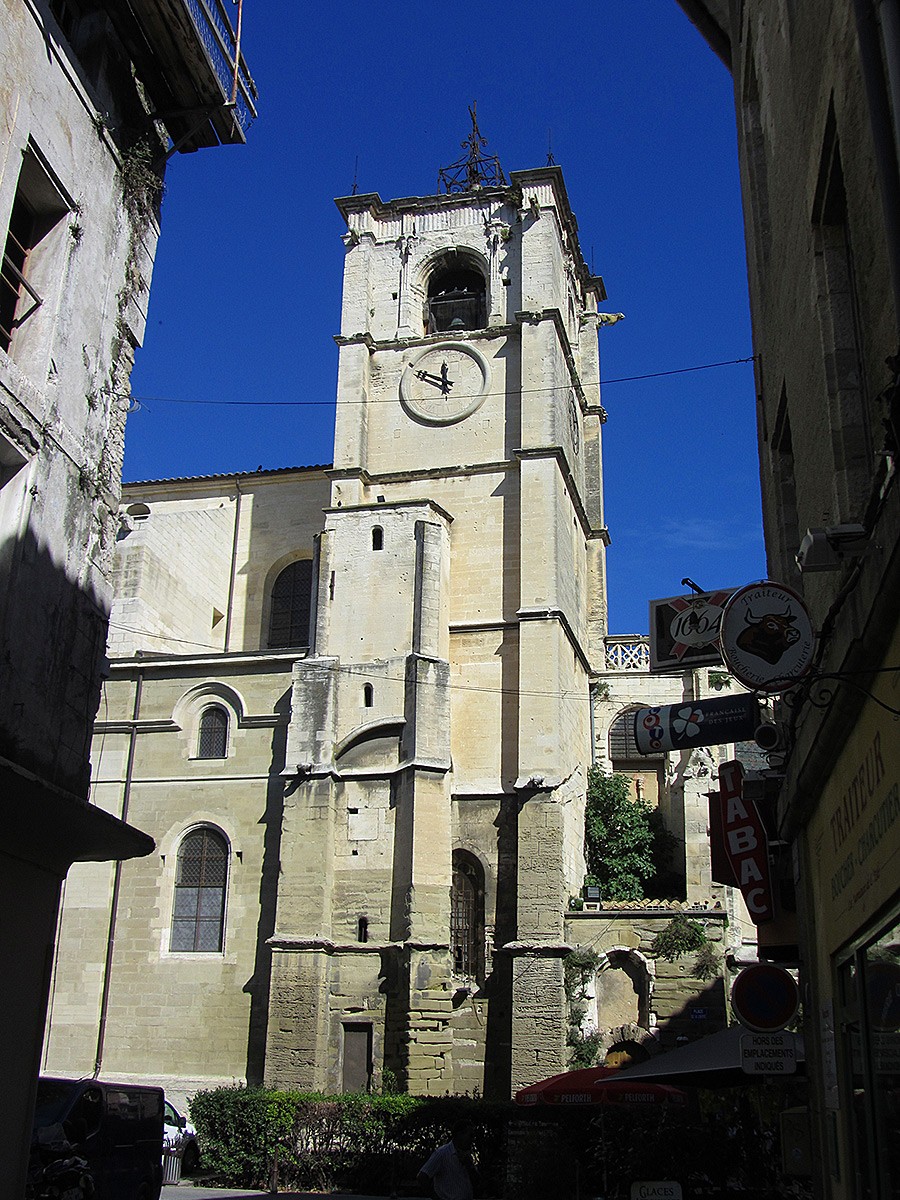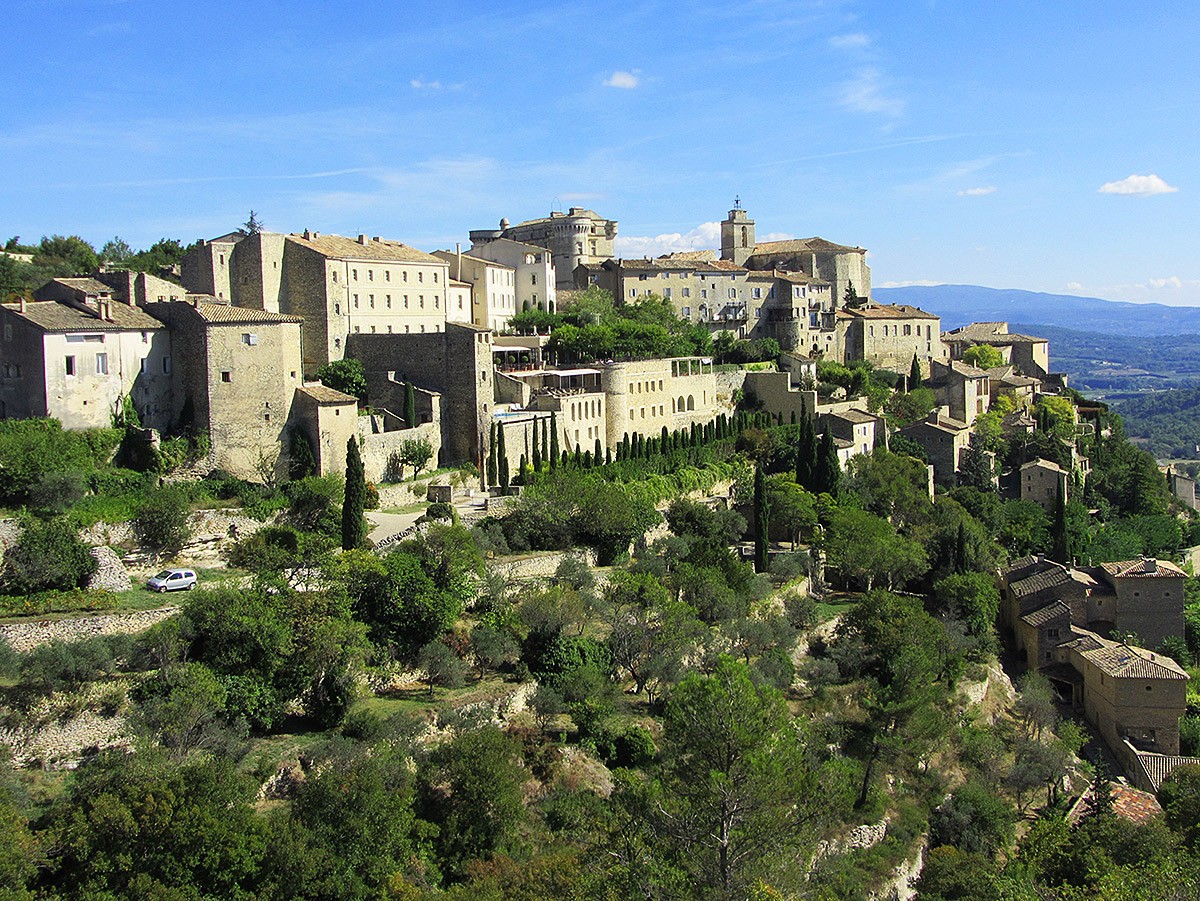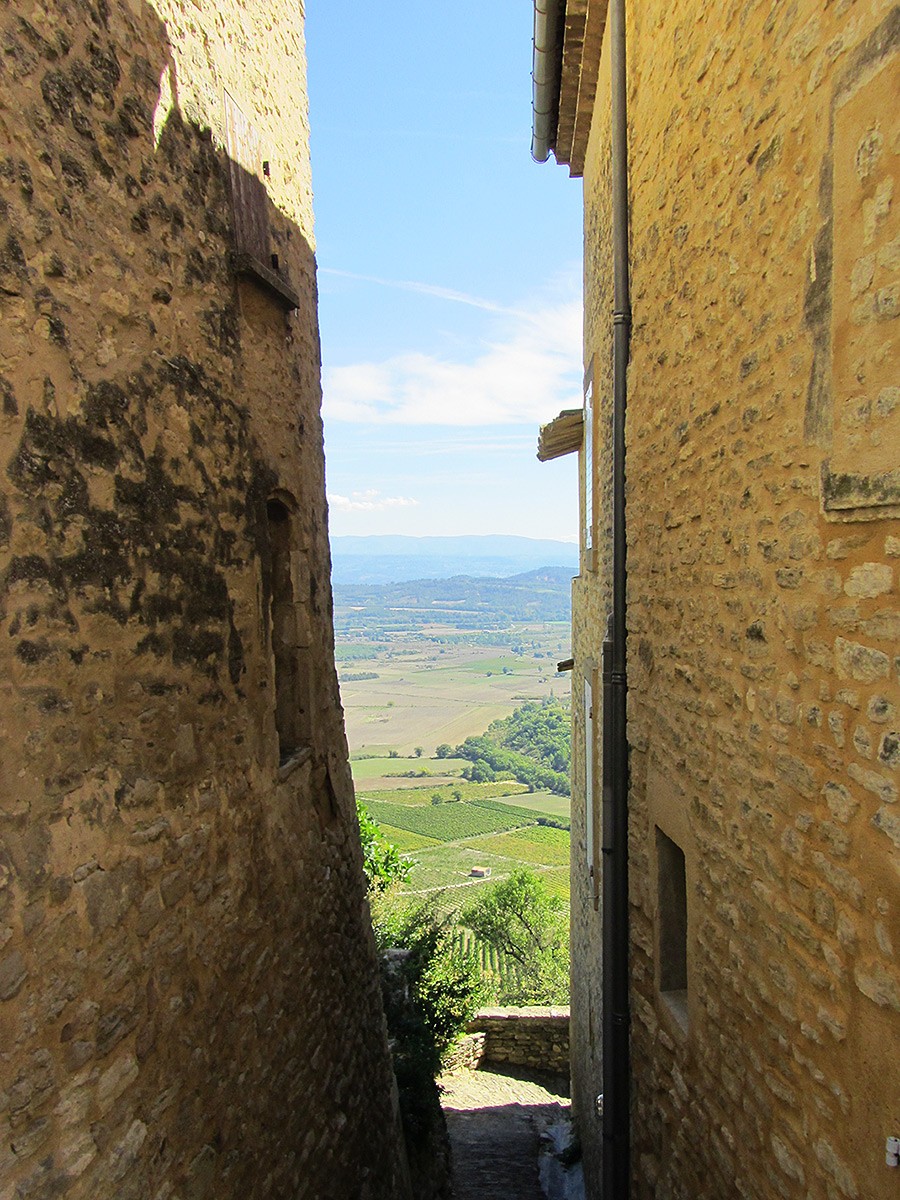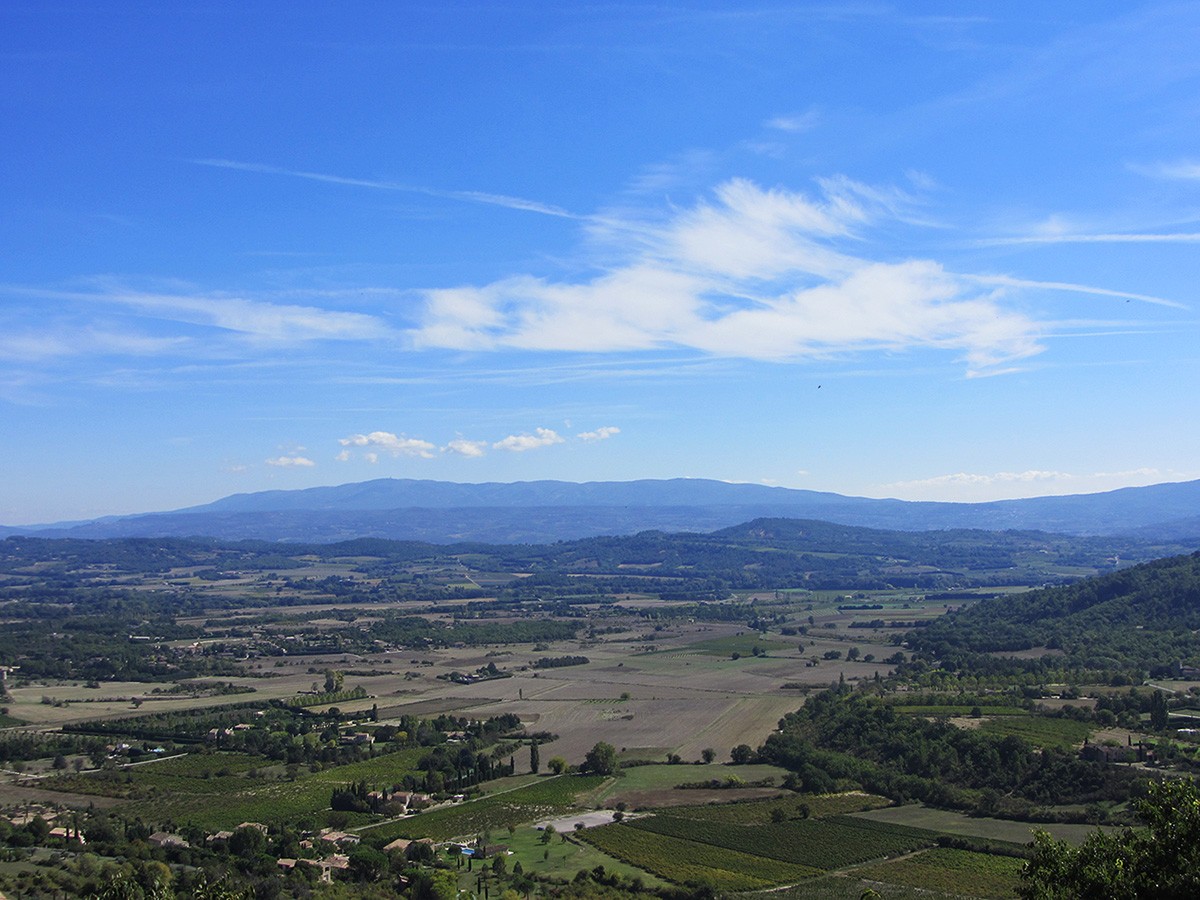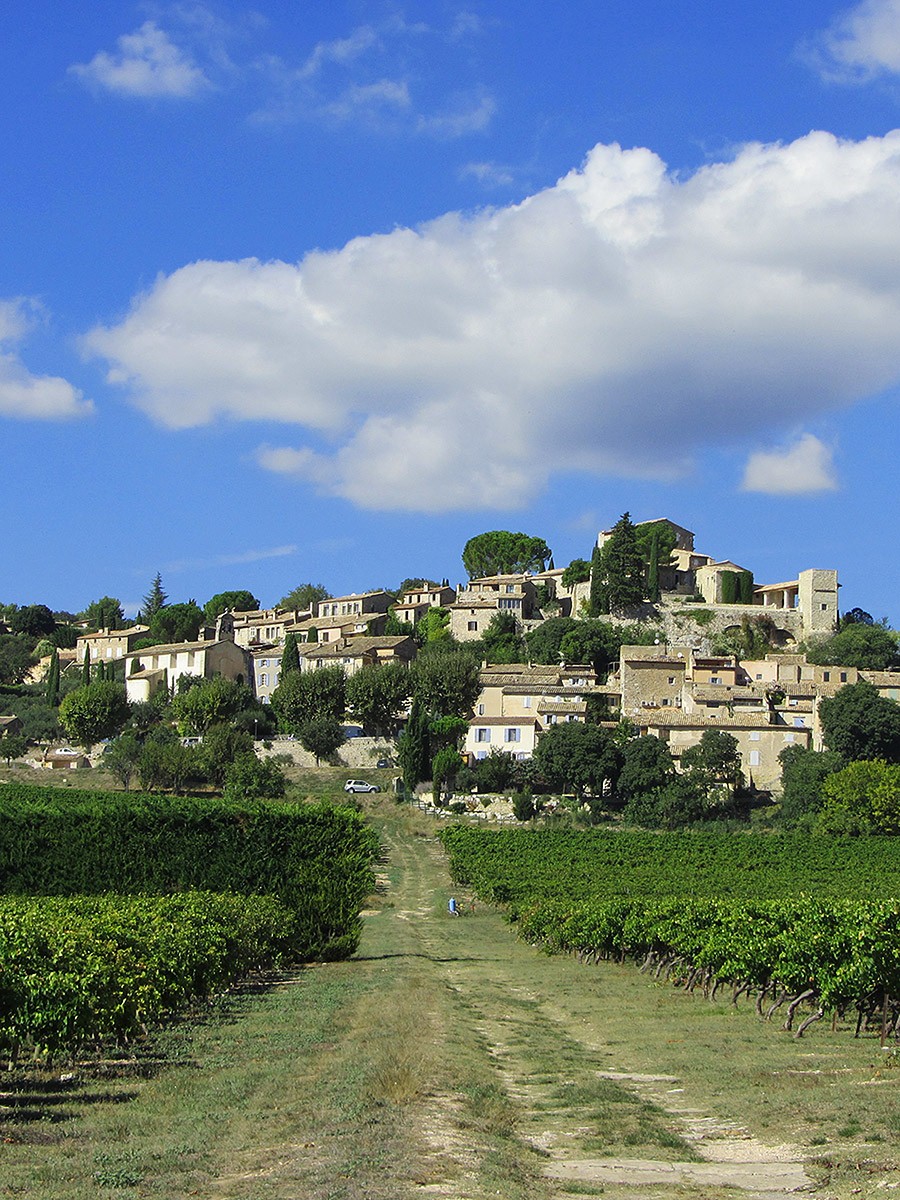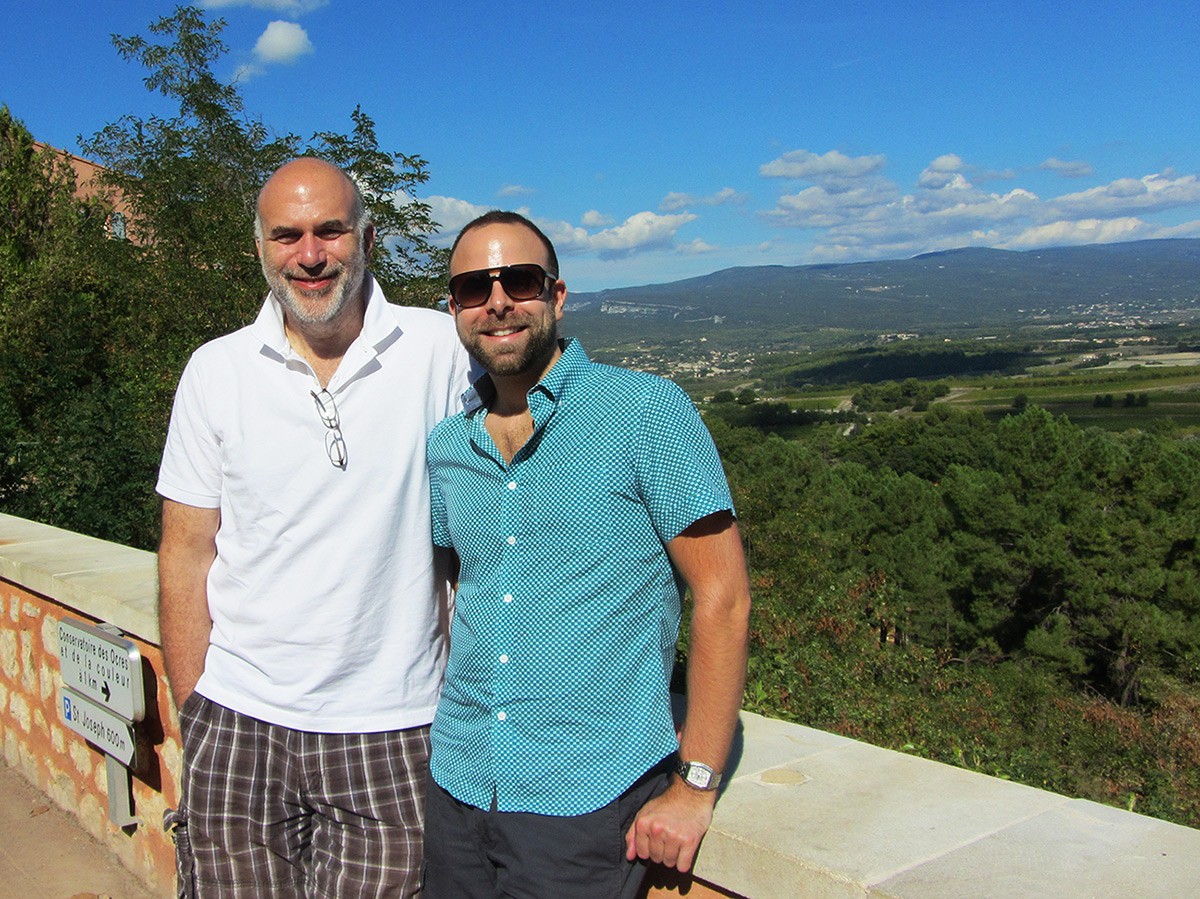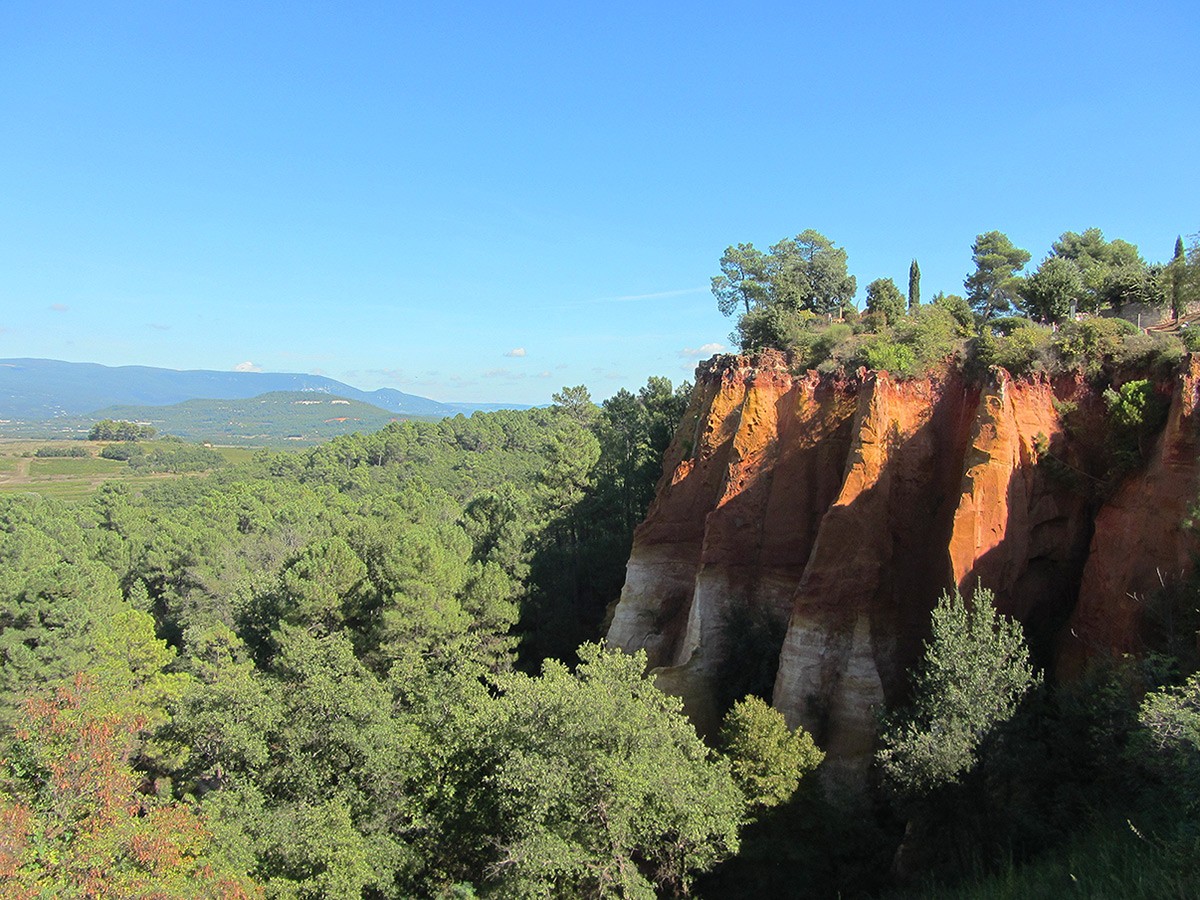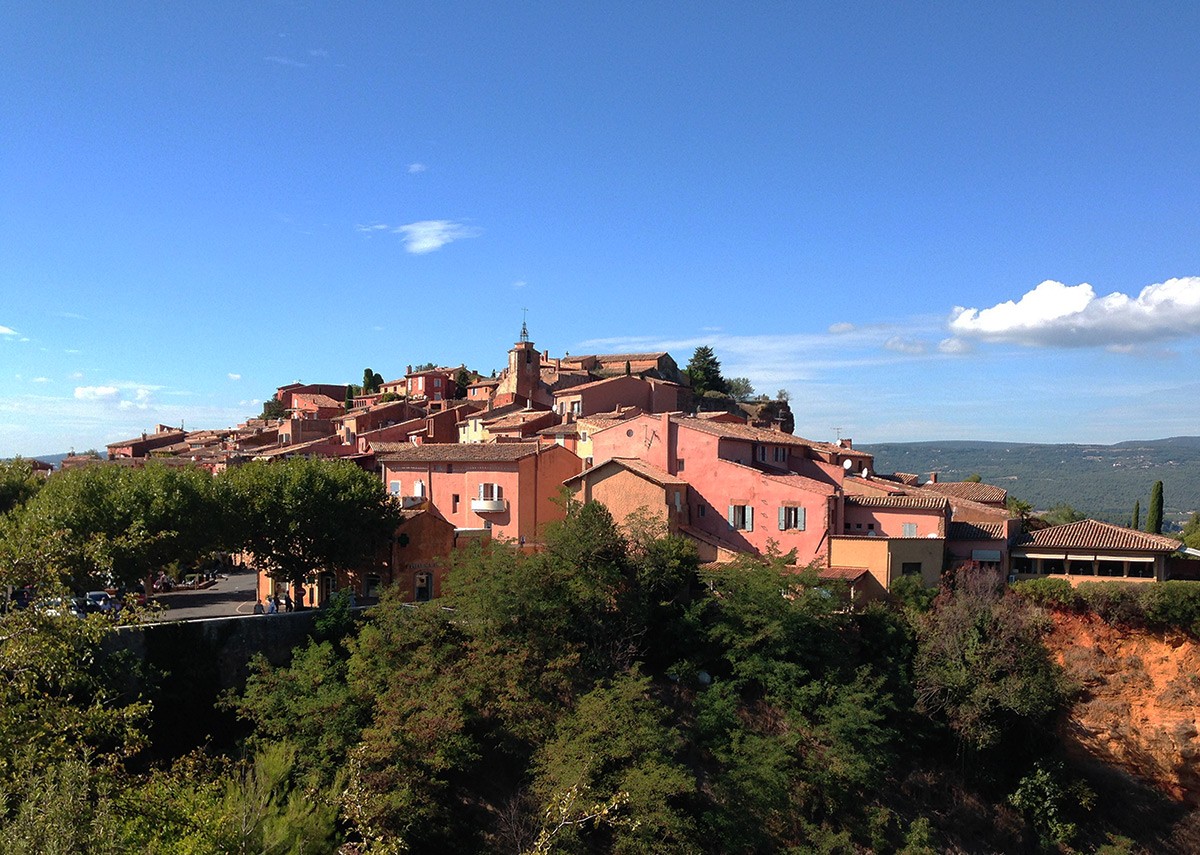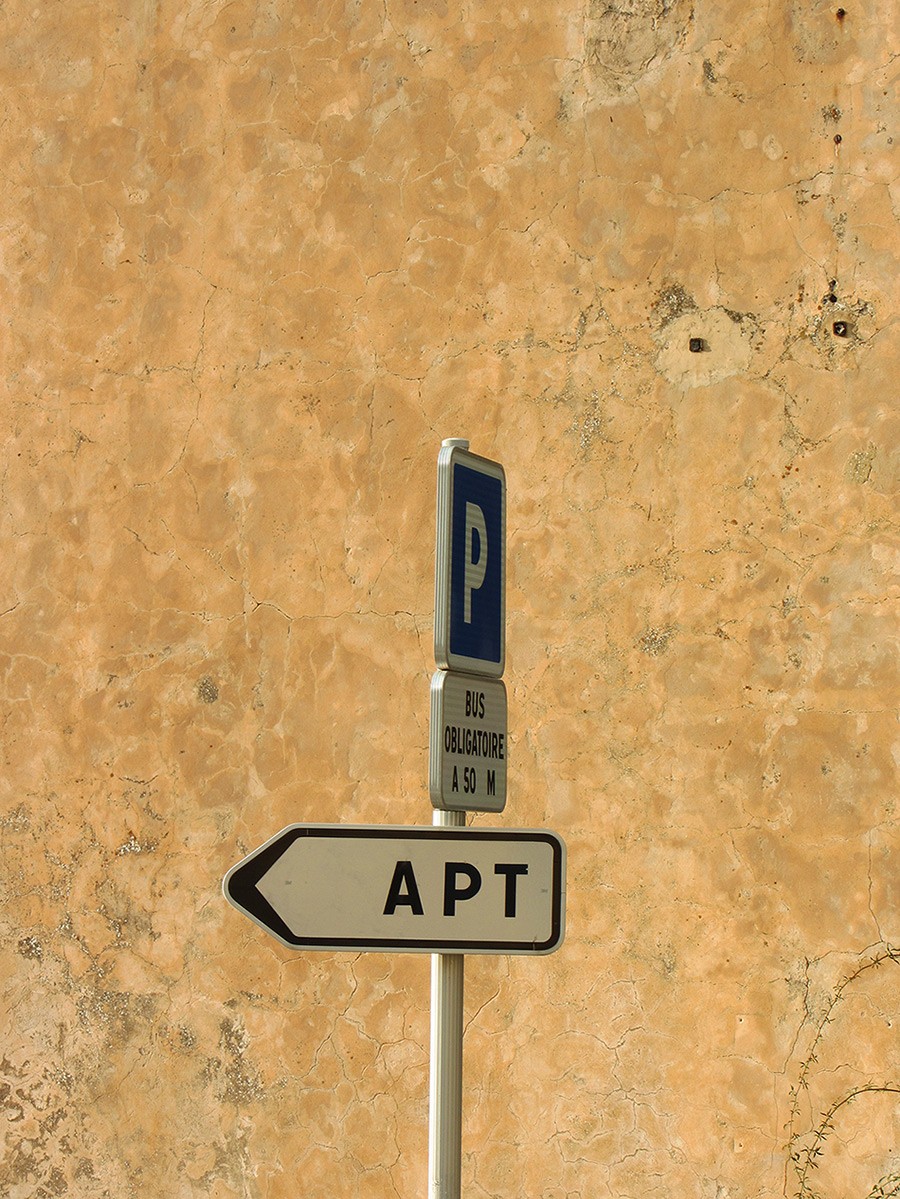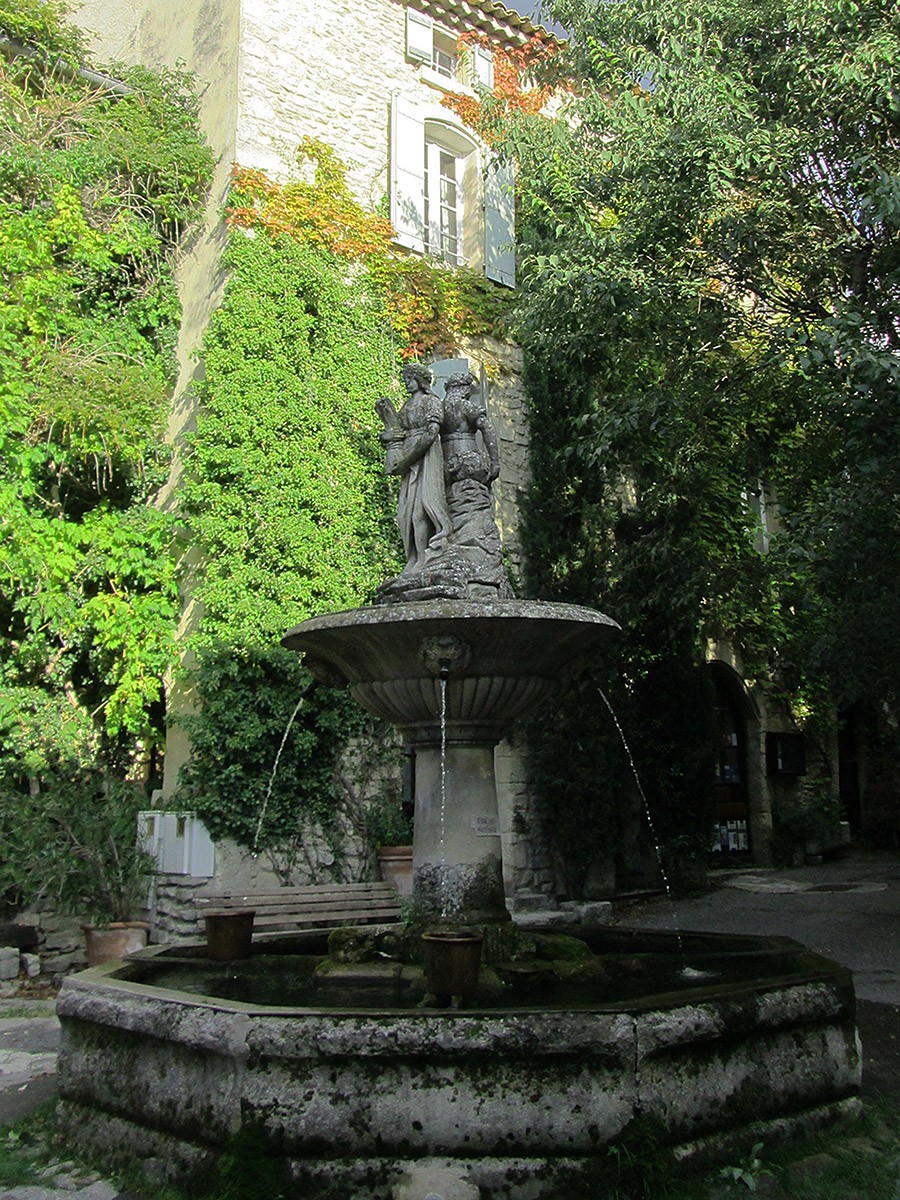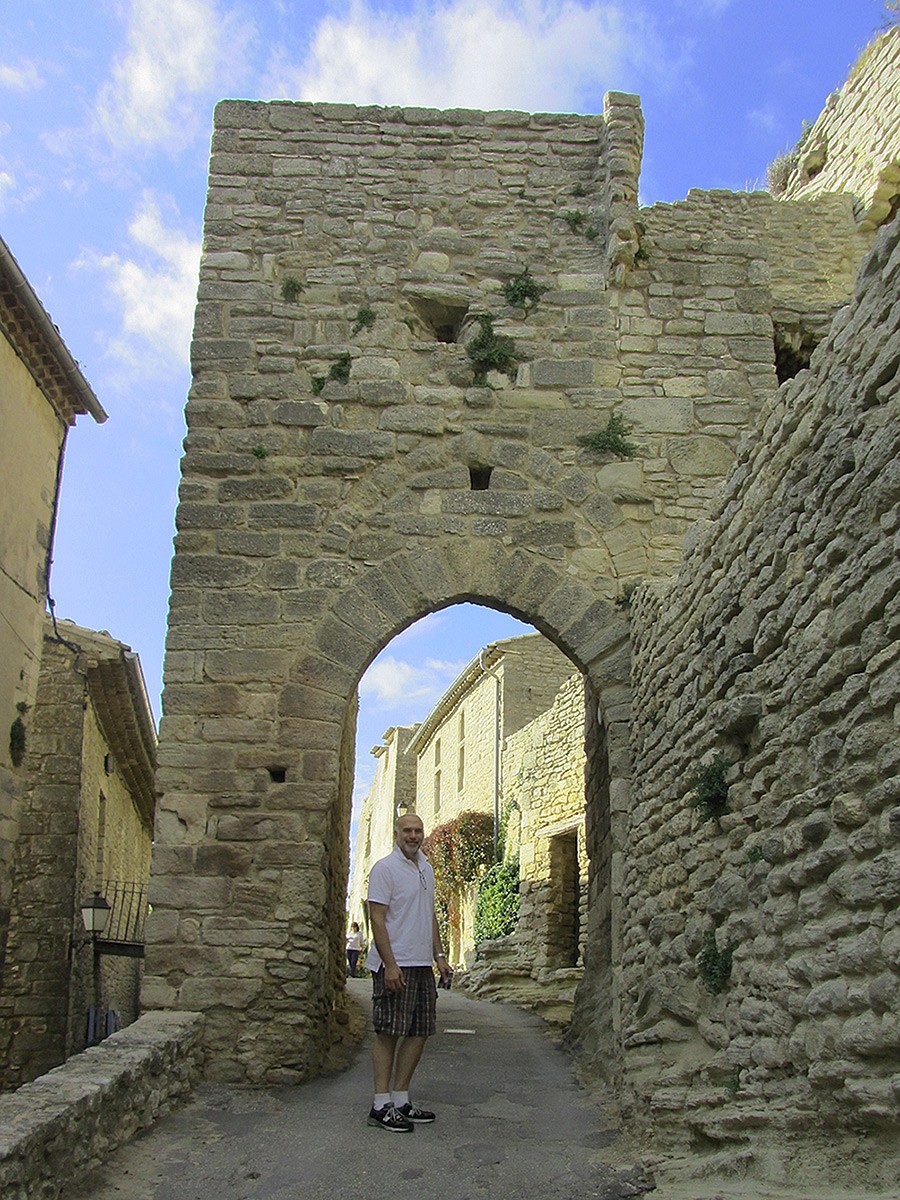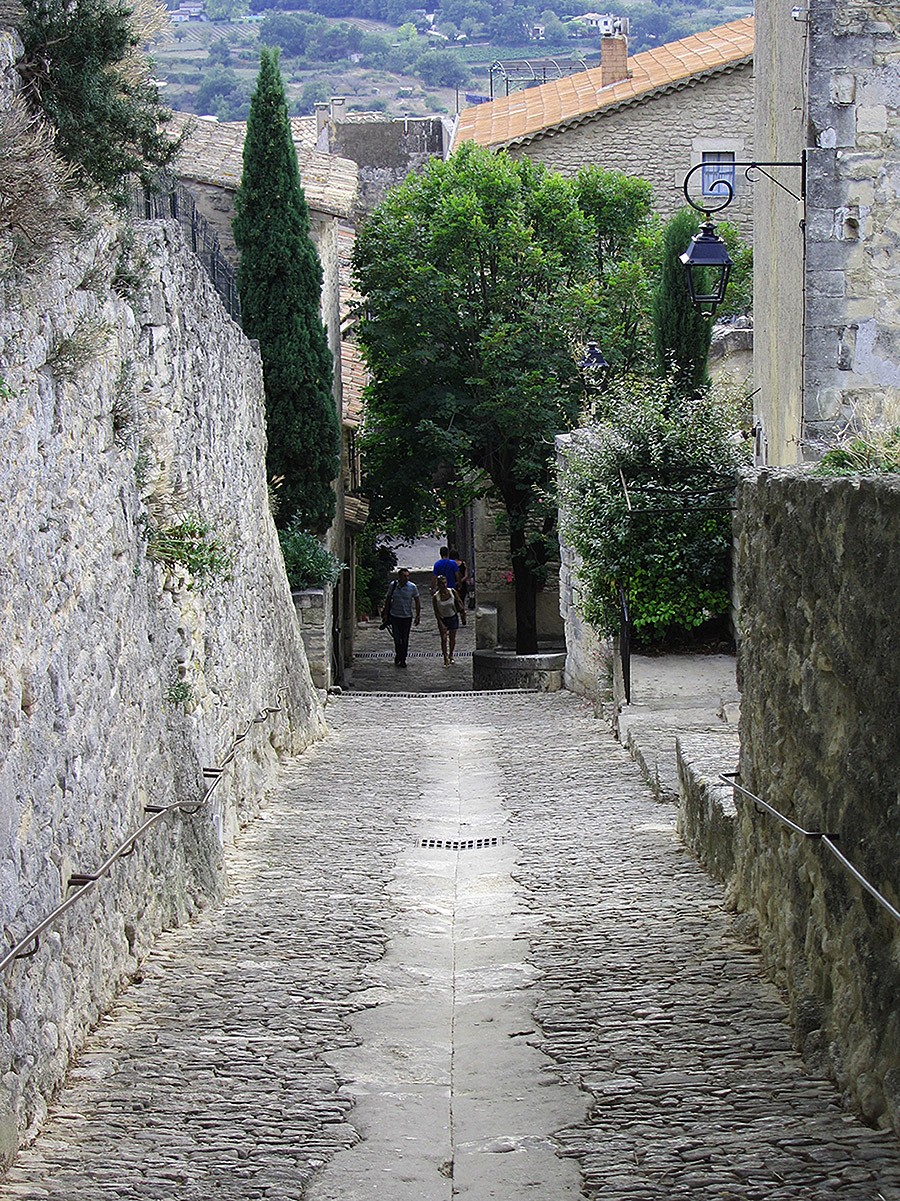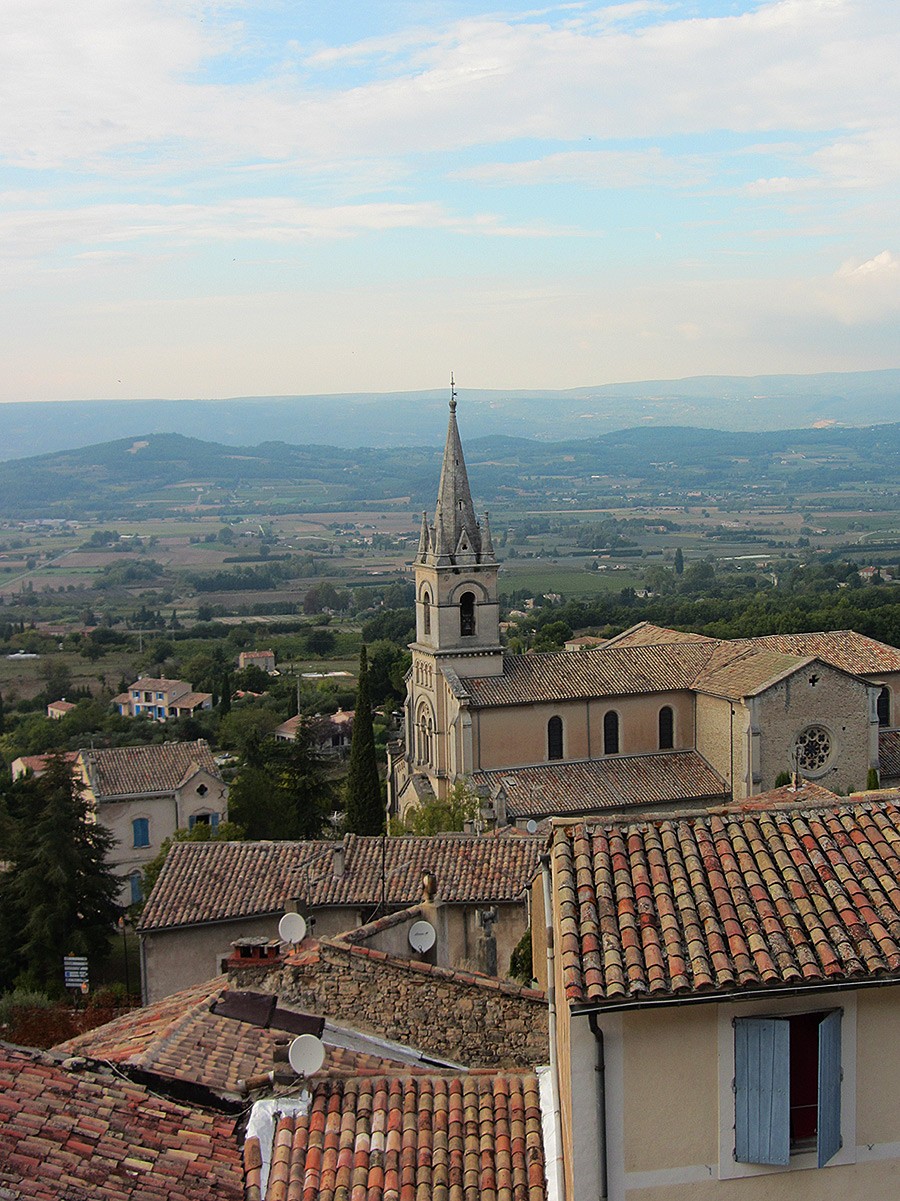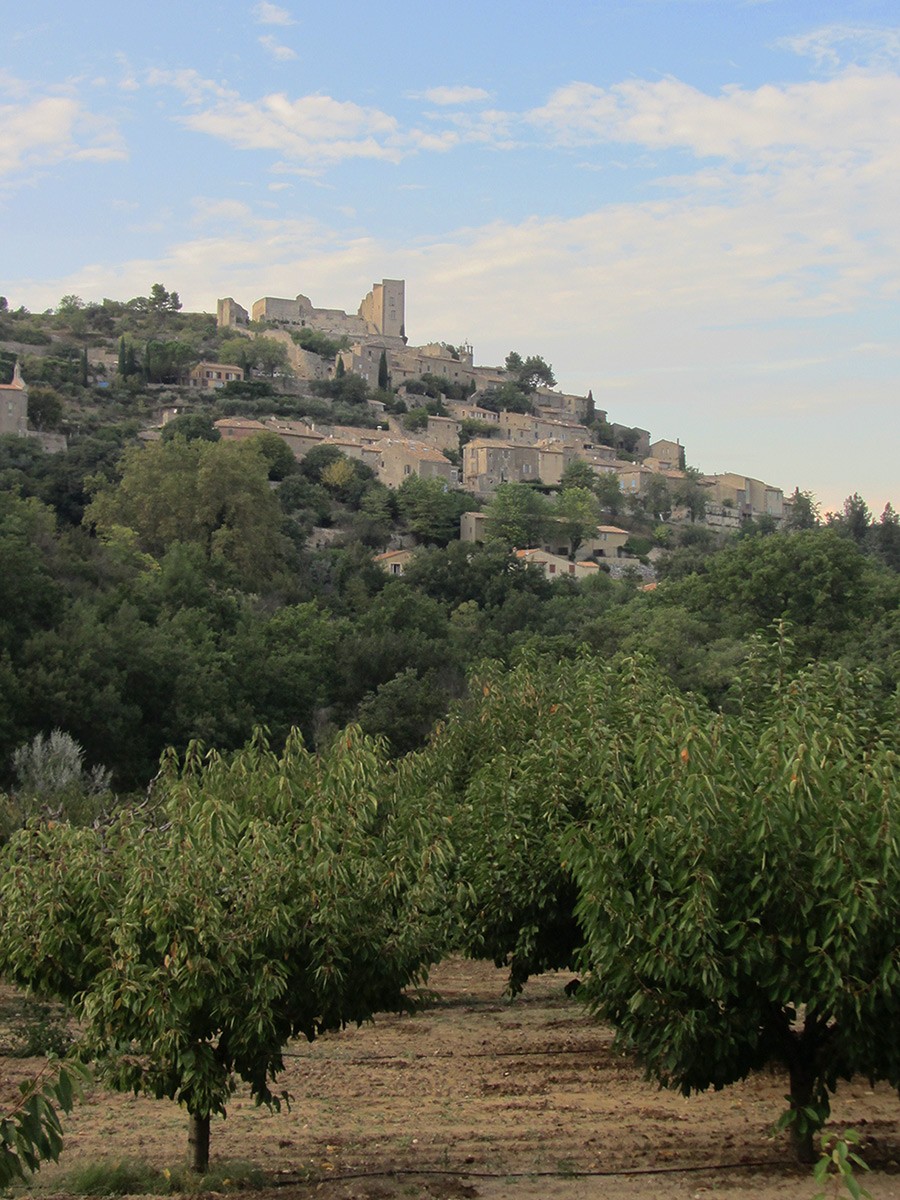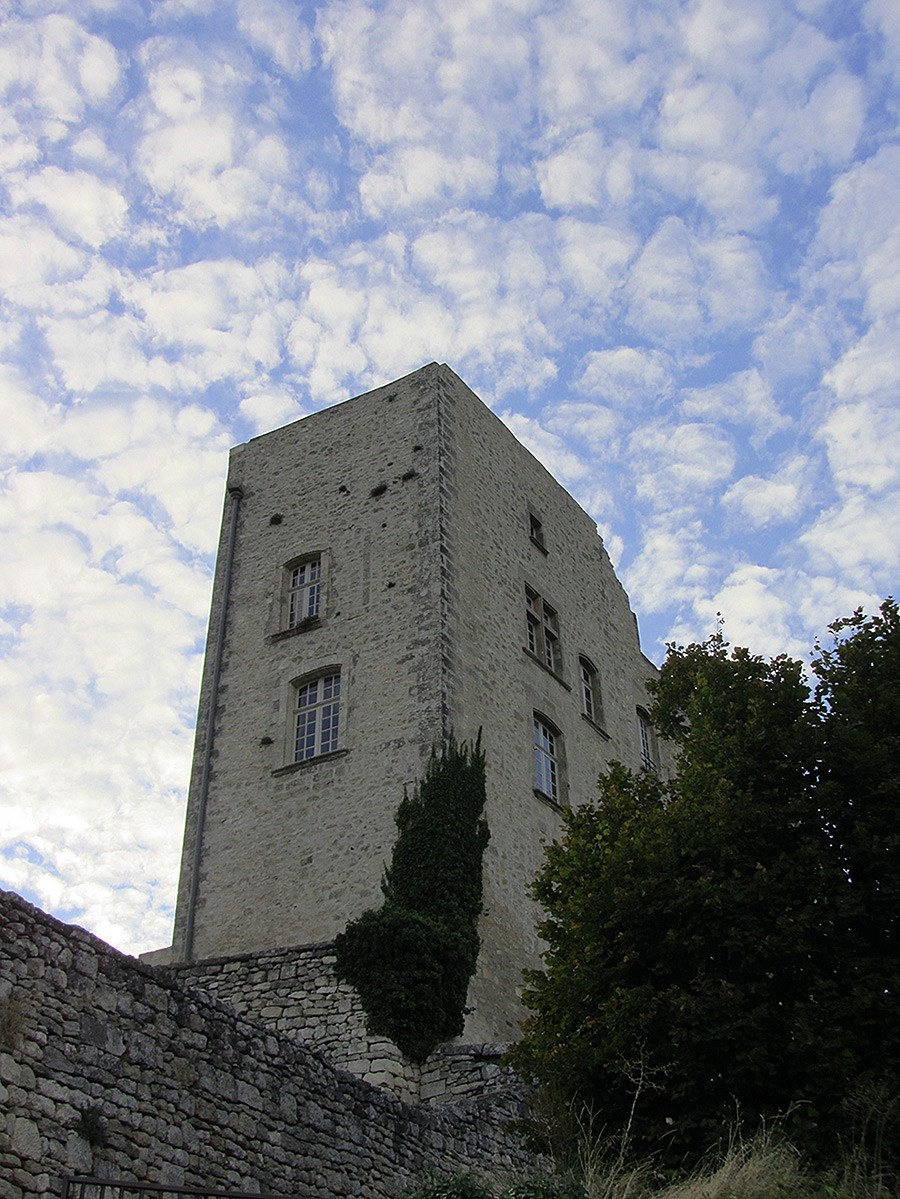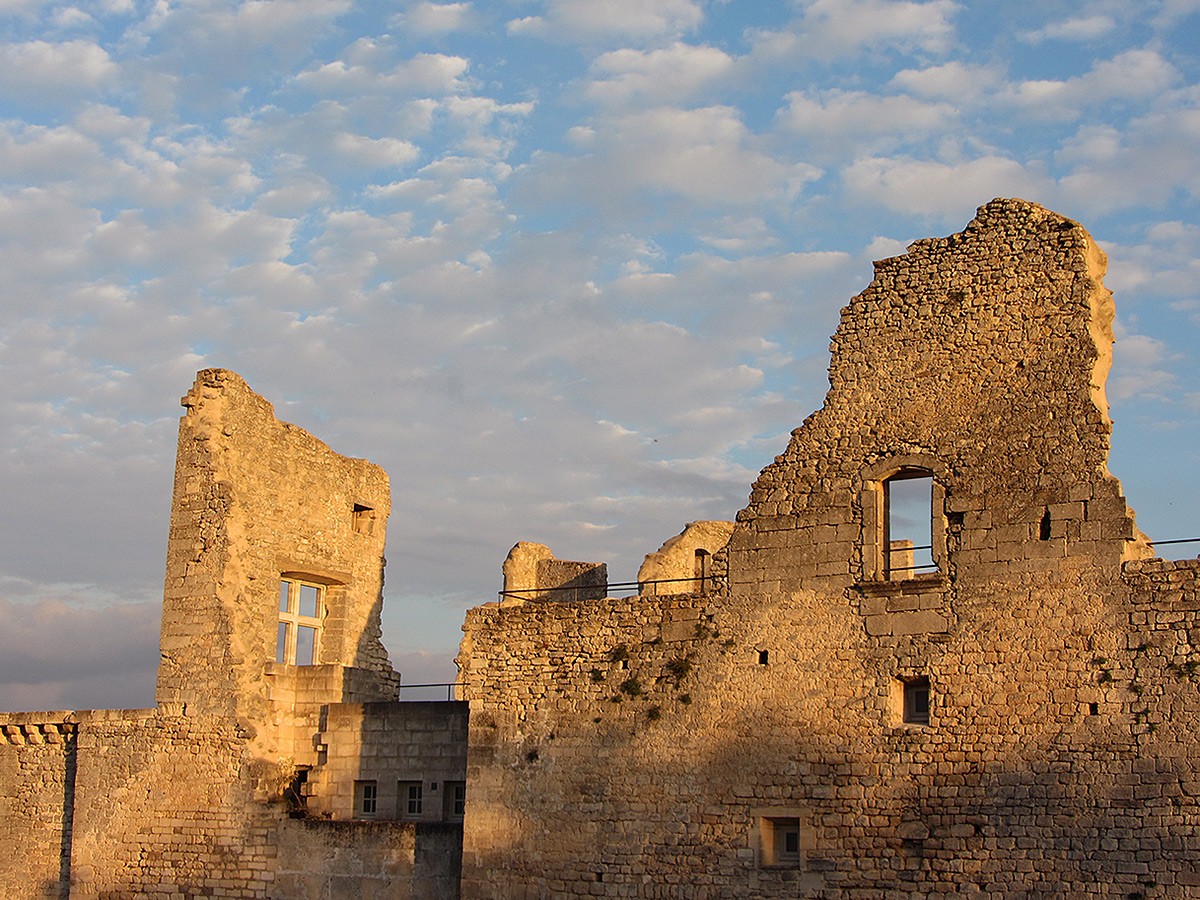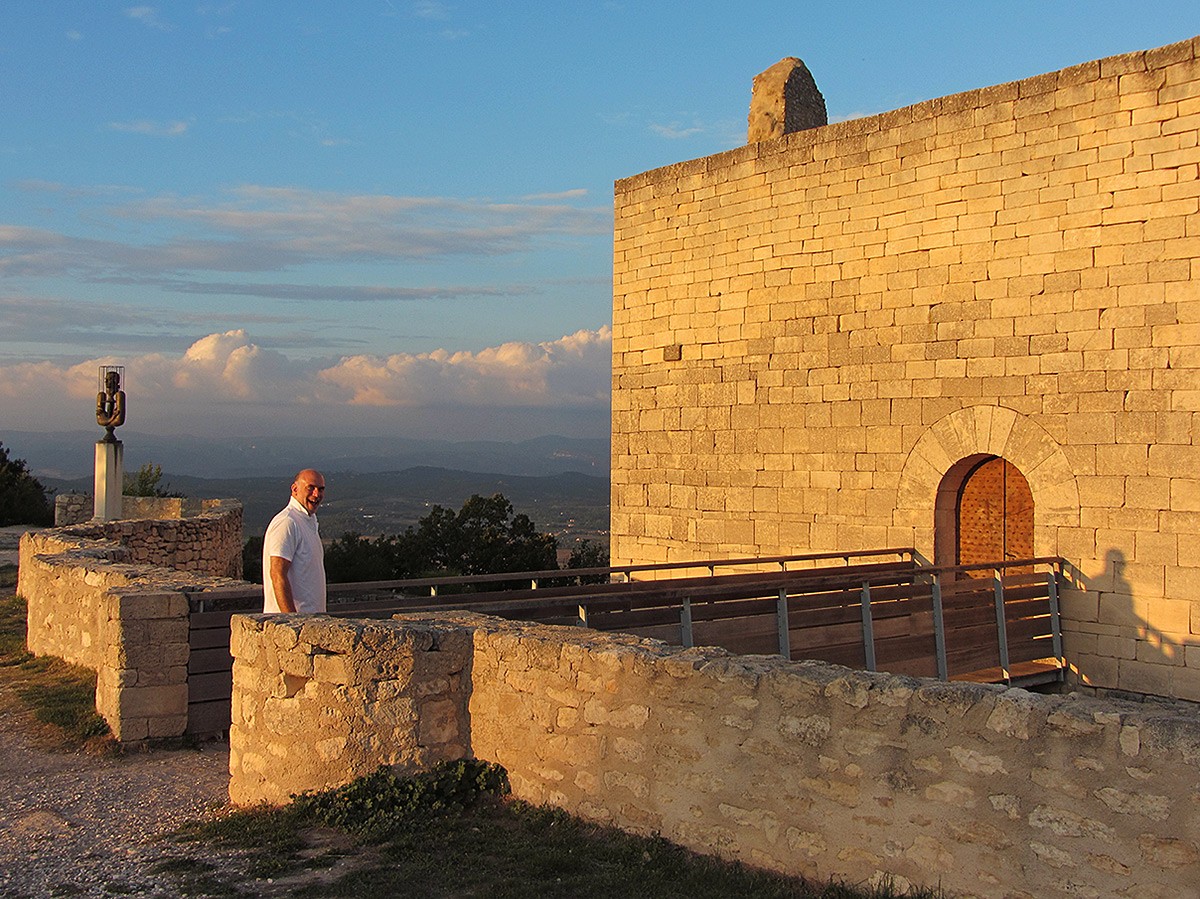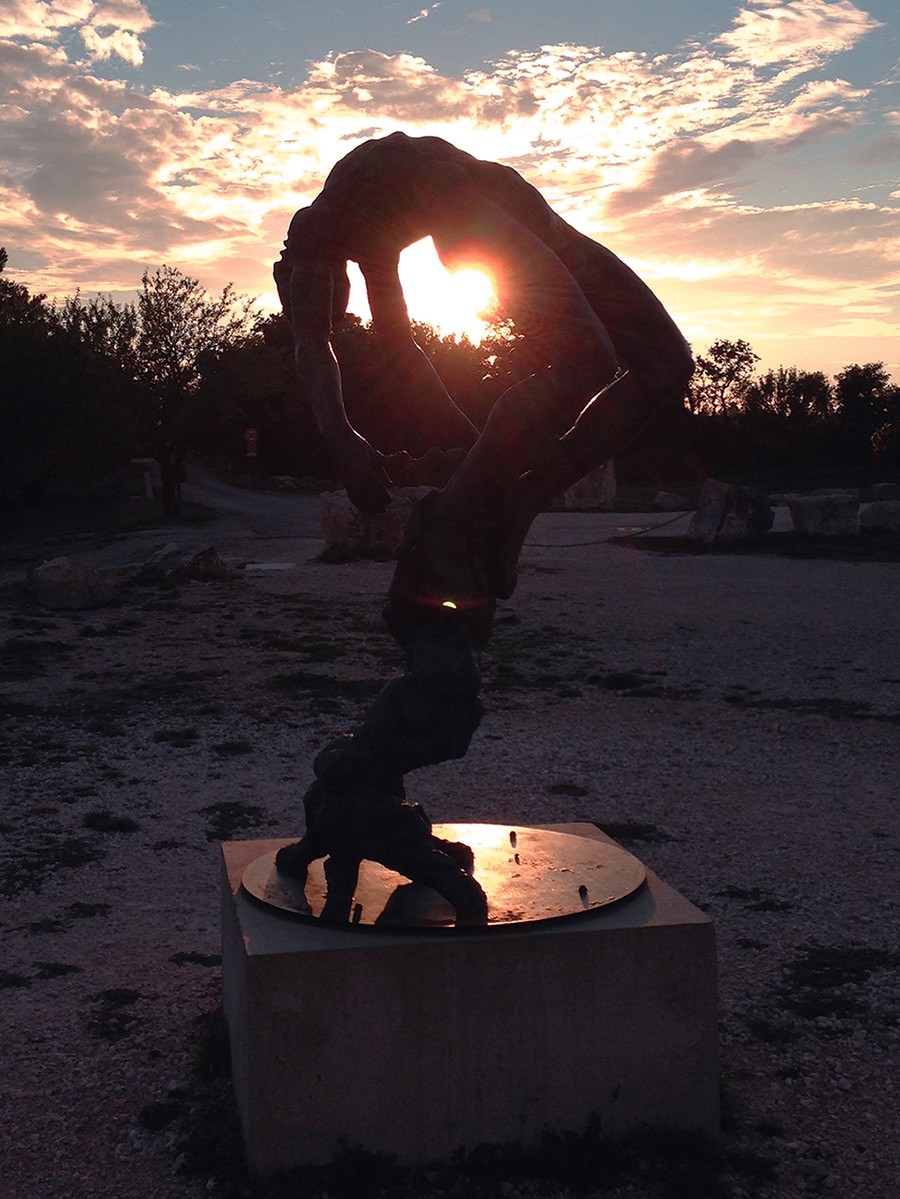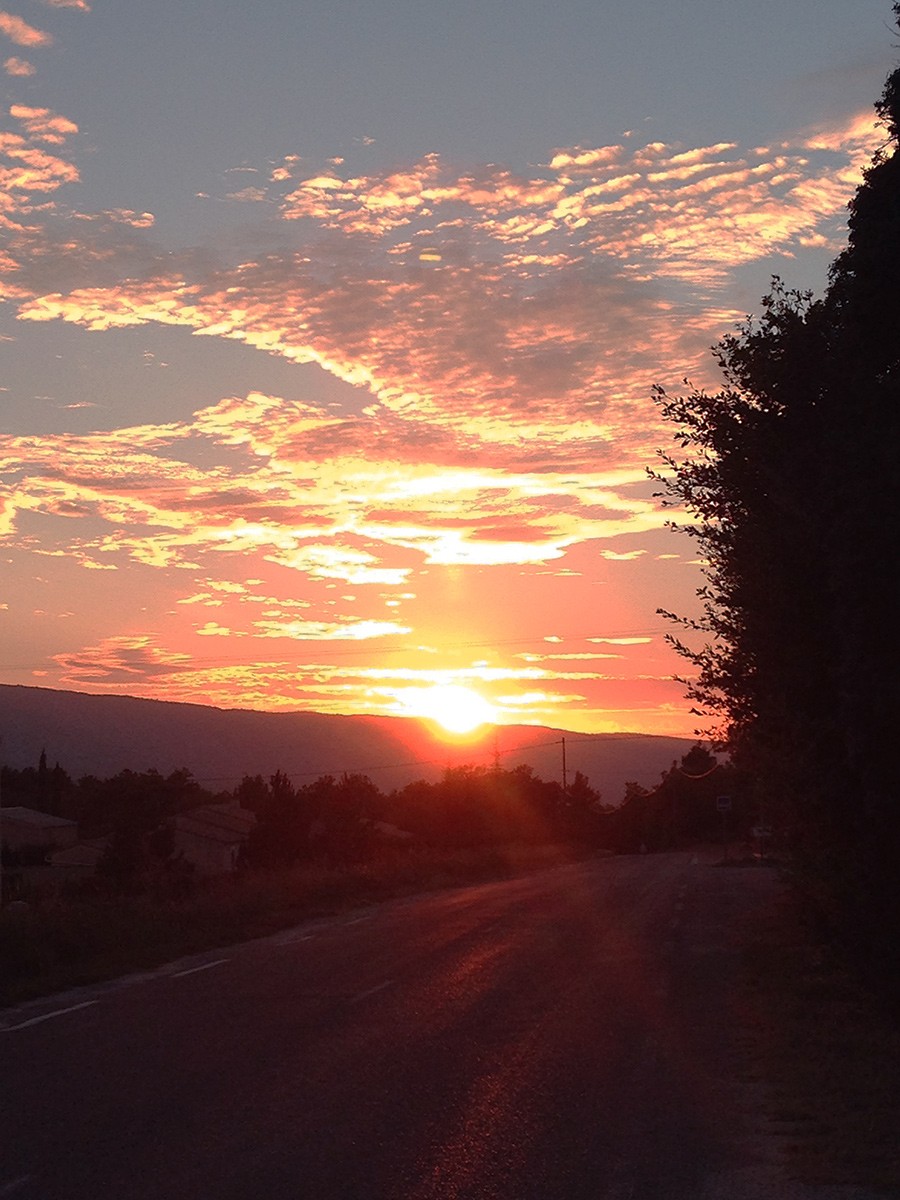Experience the magic of Provence as I relive my driving tour of the Luberon. This fertile basin is located in central Provence, bordered to the north by the Monts de Vaucluse and to the south by the Luberon Massif. What lies in between is a land lush with lavender fields, ancient olive groves, and well-kempt vineyards. The region is also home to some of France’s most picturesque villages-perchés – Medieval towns built on rocky crags with commanding views that stretch for miles and miles. Charles and I visited five villages-perchés along with a few special stops in between.
It began on a most beautiful of mornings in late September. The sky was the perfect shade of cerulean with wisps of clouds dotting the horizon. It was past the lavender harvest, but the air was still faint with that illustrious sweet, floral scent. With Charles driving and me navigating, we departed our mas in Saint-Rémy and headed east on D99 towards Cavaillon and then north on D938 towards our first stop – L’Isle-sur-la-Sorgue. Spanning several small islands created by branches of the Sorgue River, this charming village has earned itself the nickname “The Venice of France.” It is also the antiques capital of Provence, with numerous antiques shops and home décor boutiques spanning the narrow streets of the vieille ville. The day to visit L’Isle-sur-la-Sorgue is Sunday – market day. We had just missed it, but supposedly it is one of the best markets in all of Provence.
After parking our car in a municipal lot, Charles and I made our way towards the vieille ville via one of the many picturesque bridges traversing the Sorgue. While promenading down Rue de la République, we made an impromptu stop at Banette Boulangerie and shared a heavenly croissant aux amandes fresh from the oven. Afterwards, we turned left onto Place de la Liberté to marvel at the classically baroque architecture of the Collégiale Notre-Dame-des-Anges and the hulking plane trees lining the plaza. We continued our promenade down Rue Carnot and crossed back over the Sorgue to check out the various antiques dealers along Avenue de la Libération. We saw some really unique (and expensive) objet d’art mixed in with ubiquitous bibelots. As a souvenir, we purchased a set of vibrant jacquard dishtowels, and then made our way back to the car to continue on our Provençal adventure.
From L’Isle-sur-la-Sorgue we traveled southeast along D901, merged onto D900, and veered left onto D2. Because this part of France is so popular amongst the travel community, most of the roads are very well marked and kept in good condition. The scenery along D2 is so quintessentially Provence, with bastides and mas (traditional farmhouses) popping up every few yards and neat rows of vineyards stretching towards the Vaucluse foothills.
Our next destination was Gordes. Often referred to as the capital of the Luberon, this majestic village clings to the edge of the Monts de Vaucluse. The views from just about everywhere in town are simply breathtaking – a full panorama of the Luberon in all her glory. The center of Gordes is built around a château dating back to the early 1500s. The ancient cobblestone streets and alleyways make this a sweet little spot to explore.
We arrived in Gordes just in time for lunch. On one of the side streets off the main square, Charles and I found a creperie very popular with the local cyclists. Lucky for us, we snagged a bistro table outside in the shade. After a pleasant meal of crepes du jour and leafy green salads, we moseyed around the town center, popping in and out of several boutiques and galleries. There were a few too many cheesy tourist shops for our liking, but it still didn’t take away from the beauty and charm of the village.
From Gorde we got back on D2 and headed east towards the next village-perché, Roussillon, famous for its red cliffs. Along the way we saw a sign for Joucas and detoured to make a quick visit, but unfortunately, the road leading into town was closed. However, we did manage to stumble upon an astounding view of this perfectly honey-hued village rising up from a verdant vineyard. After snapping a few photos, we made our way back to D2 and followed the signs to Roussillon.
Roussillon sits atop rich ochre deposits, which were mined during the 18th and 19th centuries as demand rose for pigments to be used in the textile industry. While ocher mining has since been prohibited, the exposed red cliffs from the abandoned quarries are an ever present reminder of an industry’s past and have become a modern-day trademark of this village-perché.
After making our way up from the valley floor to the village center, Charles parked the car and we walked over to a lookout with a panorama of those famous red cliffs and views for days of the eastern Luberon. Behind us was another magnificent vista – the homes of the village all covered in various stuccoed hues of ocher pigment ranging from reds and pinks to oranges and yellows. It was a site out of a storybook. We were thinking of checking out the Sentier des Ocres, a hiking trail that winds in and out of the old quarries, but to my dismay, Roussillon was packed with tourists and a very strong mid-afternoon sun was blazing overhead in a cloudless sky. So instead, we decided to enjoy the incredible views for just a little bit longer before continuing on our journey deeper into the Luberon.
From Roussillon we headed southeast on D4 and then picked up D201 to D900, which led us directly into Apt, our next destination. Apt is a sizable town located on the valley floor alongside the gently flowing Calavon River. The scene along D900 just outside of Apt was surprisingly industrial, but after crossing over the Calavon, a charming historic town abuzz with activity emerged, which I’m happy to say was devoid of the typical touriste Provençal.
We parked the car on a side street and headed for the vieille ville, but first stopped at a salon de coiffeur to see if they could squeeze Charles in for a buzz. Using my moderate French conversational skills, I determined that the coiffeur could see Charles in 30 minutes, which gave us ample time to explore the long narrow streets lined with specialty shops and boutiques. The vieille ville is centered around the Cathédrale Sainte-Anne, which dates back to the 11th century. As we strolled down Rue des Marchands, we came upon an old tour de l’horloge topped with a lovely campanile. This was just one of several charming hidden gems we stumbled upon while moseying through the town. After 30 minutes, we headed back to the coiffeur, and in typical French fashion, they made us wait another 15 minutes before seeing Charles. But it was okay. We were just happy to be in Apt, experiencing real life in a true French fashion.
Standing guard over Apt is the quaint village of Saignon, our next destination. Set high on plateau in the southeast corner of the valley, Saignon is built into a rocky promontory, which served as a bastion for Apt through the centuries. Today, the rocher de Saignon can be explored by foot and offers 360-degree views of the entire Luberon and all its surroundings.
From Apt we followed D48, which led directly into Saignon. We parked in a public lot just off the road and made our way into the village, where we were welcomed by two ancient pollarded plane trees. Like Apt, sleepy Saignon has been virtually untouched by tourism. The cobbled streets lined with patinaed stone houses haven’t changed much over the past few hundred years. As Charles and I sauntered down Rue des Bourgades, we began to follow signs for the rocher. We passed through the Place de la Fontaine, which guided us through ancient stone passageways that skirted the edge of the rocher. A steep and narrow stairwell led us to the tippy-top, where we literally felt like we were on top of the world. It was another one of those magical Provence moments.
As we retraced our steps back to the car, Charles became enamored by some art he saw in the window of a home. It turned out this home was actually a bed and breakfast / gallery / artist residence aptly named Chambre Avec Vue. As we entered the building to get a closer look at some of the works, we were greeted by the owner, Pierre Jaccaud. He led us on a private tour of the 18th century house, where every nook and cranny had been converted into either gallery and studio space or distinctively designed guest rooms. We quickly caught on to the double entendre of the name Chambre Avec Vue, which not only refers to the spectacular views to be had from Saignon’s the hilltop location, but also the art-filled vignettes waiting around every corner of the residence. Charles fell in love with a sweet watercolor done by Monsieur Jaccaud himself, depicting the four seasons of Saignon. And so we departed, with watercolor in tow, en route to the next village-perché – Bonnieux.
Located just a few miles west of Saignon on the southern rim of the Luberon, Bonnieux rises up from the valley plain and is crowned by the 12th century Église Haute. Bonnieux is unique in that it spans the entire rise of the hillside on which it is built and not just the crest. In exploring the village, you can either start at the valley floor and work your way up, or start at haute de Bonnieux and meander your way down. Charles and I entered the village from the top via D36. After winding around Rue de la République, we parked the car and walked up the sharply pitched Rue de la Mairie to get a closer look at the Église Haute, shrouded in ancient majestic cedar trees. We took in the view from a stone terrace overlooking bas de Bonnieux and the Église Neuve, constructed in the late 19th century.
We got back in the car and followed a series of steep, narrow roads as they snaked their way downhill through the village. We passed several charming boutiques, cafes, and restaurants along the way. I had Charles stop so I could run into a boulangerie for some late afternoon sustenance. I picked up some pains aux raisins and a jar of locally sourced lavender honey, which quickly became my new food obsession.
Directly across the valley plain from Bonnieux lies the venerable village of Lacoste. Emerging from ancient olive groves and vineyards, Lacoste has a unique profile with a prominently situated fortress crowning its head. The 11th century Château de Lacoste is often referred to as the Château de Sade because in 1771, the notorious Marquis de Sade sought refuge here, which at the time belonged to his grandfather. Today, the château is owned by fashion designer Pierre Cardin, who has been restoring it back to its original splendor.
Getting to Lacoste from Bonnieux is a quick four-mile drive. We followed D3 west and made a right onto D109, which twisted and turned around the verdant valley floor before climbing the precipitous Luberon hillside on which the village clings. We parked the car and explored Lacoste on foot. I really wanted to see the château, and so Charles and I began to ascend the historic calade pathways that switch-backed through the village. It seemed like all the roads led to the château, and before we knew it, we were climbing the last stairwell that led to the plateau surrounding the castle.
From the top, there were more glorious views of the Luberon to be had. Bonnieux was clearly visible from across the valley with the peaks of the Grand Luberon rising up in the distance. Surrounding the château were selected sculptures from Pierre Cardin’s private collection. The sun was beginning to set, and the golden light reflecting off of the château’s ancient limestone bricks was utterly sublime.
Our adventures exploring the Luberon were coming to a close. We got back in the car and wound our way out of Lacoste headed towards D3, which would put us on a westward route back towards the mas in Saint-Rémy. As we were coming up and over a hill on the outskirts of the village, we caught the tail end of the sunset, just as it was about to dip behind the distant mountain ridge. And like every other experience Charles and I had throughout the course of the day, the sunset was purely Provençal, with colors like no other sunset I had ever experienced. It was the perfect way to end our perfect day exploring this perfect little corner of the world.
(Last visited in September, 2013)
